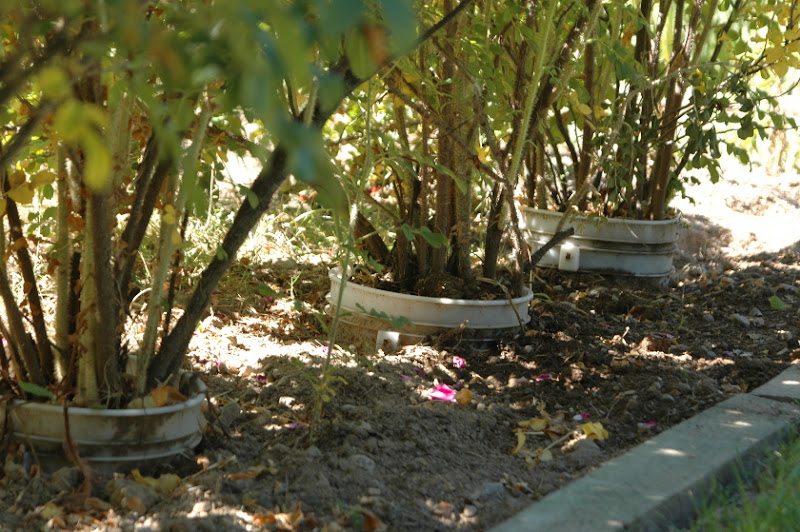Trying to get an understanding of what people were paid and what it was really worth to them around 1900-1910 can be confusing. A great deal has changed in the last 100-110 years and there is a plethora of websites that tell us how much better off we are today than they were then. I am not so sure that we can buy more today with our wages than we could then. For sure we have have lot more goods to choose from and probably have a lot more available food stuffs both in season and out of season but I am mostly talking about purchasing power verses earning power. The formula for this seems simple enough, how much did a person earn for the hours worked and how much did goods, services and other expenses cost in relation to the hours worked. I see no reason to make the formula much more complicated than this but we must include in 'other expenses' the taxes paid because they play a more significant role today than they did, that is my opinion although it seems simple enough when you consider that they did not pay social security, medicare/medicaid or income tax. Sure, maybe we are getting our money's worth for those taxes paid and maybe we aren't. I am not trying to make political commentary but only do a wage comparison betwixt the two eras, today and 1900-1910.
Wages seem to be about $250 to $600 per year around 1900. Average of all industries was $438. By 1910 they increased to a range from $325 to $750 per year, with the average of all industries being $574. It appears 10 hour days were fairly common although the trend toward 8 hour days was starting. In the 1800's 12 hour days were the norm as it had been for centuries. At least in this respect I think we are better off today, I much prefer the shorter days.
Construction workers seem to be toward the higher end as well as government workers. Textile and farm workers toward the lower end. Health care/medical services workers averaged $256/yr in 1900.
In an earlier post I mentioned that $750 dollars (the upper end of wages in 1912) would be worth in silver about $16,000 today, that's 577 ounces of silver x $28. Silver and gold were part of the money then. In gold, the value today would be much more, about $58,700. There was about .048375 ounces per dollar. 750 x .048375 x $1620 = $58,775. Not really relevant to what we are looking at because in 1900-1910 gold and silver dollars were equal in purchasing power buying the same amount but interesting none-the-less how their relative values have changed over time. If you were a working man in 1900 and saved one gold dollar every year (about 1/2 a day's wage at the time) for the next 33 years (1933 was the year gold coinage was removed by usage by gov't) you would have had $33 (about 16 days labor at $2 per day) in gold, not much changed. If you hid away your 33 gold dollars instead of turning them in you would have had $55.83 dollars worth of gold when it was revalued a year or so later. There the value stayed until 1971 when it was allowed to float free against the dollar. Today that 1.596 ounces of gold would be worth $2,586 (a little more than 15 days labor if you are making $168 per day, the current average). So what has retained its value better, gold or the dollar?
For 2010 the SSA lists the average national wage as $41,673.83. This was a 2.36 % increase over 2009. Since there were no figures more current than 2010 we will extrapolate for 2012 by using the same percent of increase for each year, giving us $43,663. I think this is close enough to say that the 2012 wage is 100 times the average 1900 wage and would be suitable for calculating the price of 1900 goods by also multiplying it by 100 or simply moving the decimal over two places. For 2012 equivalent of 1910 prices we can multiple the 1910 prices by 76, a little more complicated but easy to do with a calculator.
So in the example below, clipped from the 1901 Sears catalogue, we have the prices of coffees. The best price shown is when you buy 10 lbs, the price is 10.5 cents per lb or the 2012 price equivalent would be $10.50 per pound. You won't have to look hard to find coffee now for about $4.00 per lb and that is in a 33 oz can. You can certainly find coffee for $10 a lb if you want to pay that much but remember we are looking the at the cheapest 1901 price not the most expensive which goes for the 2012 equivalent of $28 a lb. Even with the today's taxes figured in, 2012 offers the better price. Chalk one up 2012.

In the next Way Back we will take a closer look at taxes then and now.

























